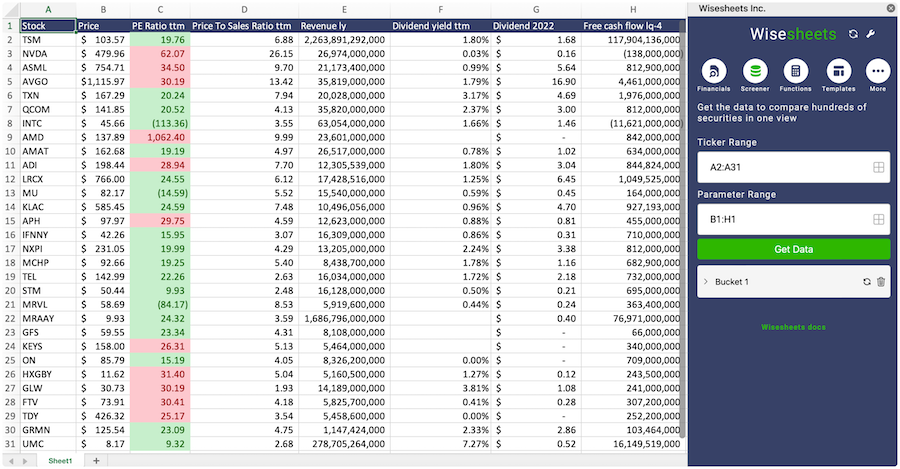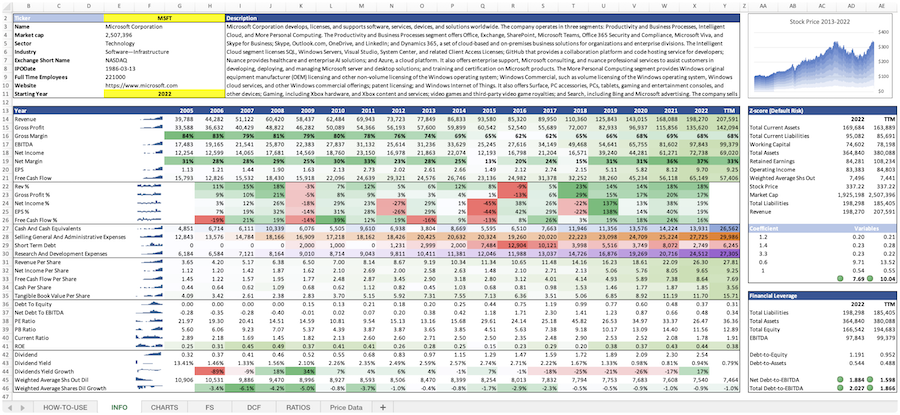Scala, Inc.
4845.T
Price:
$392
Market Cap:
$6.81B
Scala, Inc. provides SaaS/ASP services supporting communications between corporations and individuals primarily in Japan. The company operates through five segments: IT/AI/IoT/DX Business, Customer Support Business, HR & Education Business, EC Business, and Incubation & Investment Business. The IT/AI/IoT/DX Business segment engages in the planning and development of services promoting digital transformation (DX); DX initiatives for local governments and the financial industry; and digital platforms using the app "xID", which is linked to My Number Card (the individual number card issued under the Social Security and Tax Number System). The Customer Support Business segment provides consultin...[Read more]
Industry
Software - Application
IPO Date
2002-03-21
Stock Exchange
JPX
Ticker
4845.T
PE Ratio
[7.52]
ROE
[22.43%]
Current Ratio
[1.74]
Dividend Yield
[4.21%]
Enterprise Value
[6.42B]
Dividend History
The PE Ratio as of December 2025 (TTM) for Scala, Inc. (4845.T) is 7.52
According to Scala, Inc.’s latest financial reports and current stock price. The company's current PE Ratio is 7.52. This represents a change of -205.80% compared to the average of -7.11 of the last 4 quarters.
Scala, Inc. (4845.T) Historical PE Ratio (quarterly & annually)
How has 4845.T PE Ratio performed in the past?
The mean historical PE Ratio of Scala, Inc. over the last ten years is 1.73. The current 7.52 PE Ratio has changed 43.42% with respect to the historical average. Over the past ten years (40 quarters), 4845.T's PE Ratio was at its highest in in the March 2022 quarter at 85.36. The PE Ratio was at its lowest in in the September 2021 quarter at -400.83.
Average
1.73
Median
6.17
Minimum
-59.27
Maximum
36.90
Scala, Inc. (4845.T) PE Ratio by Quarter and Year
Discovering the peaks and valleys of Scala, Inc. PE Ratio, unveiling quarterly and yearly fluctuations to gain insights into the company’s financial performance and market dynamics, offering valuable data for investors and analysts alike.
Maximum Annual Increase = 450.70%
Maximum Annual PE Ratio = 36.90
Minimum Annual Increase = -661.54%
Minimum Annual PE Ratio = -59.27
| Year | PE Ratio | Change |
|---|---|---|
| 2025 | 7.58 | -282.07% |
| 2024 | -4.16 | -92.98% |
| 2023 | -59.27 | 143.80% |
| 2022 | -24.31 | -661.54% |
| 2021 | 4.33 | -88.27% |
| 2020 | 36.90 | 125.27% |
| 2019 | 16.38 | -37.47% |
| 2018 | 26.19 | 450.70% |
| 2017 | 4.76 | -46.51% |
| 2016 | 8.89 | -72.38% |
Scala, Inc. (4845.T) Average PE Ratio
How has 4845.T PE Ratio performed in the past?
The current PE Ratio of Scala, Inc. (4845.T) is greater than its 3-year, greater than its 5-year, and greater than its 10-year historical averages
3-year avg
-18.62
5-year avg
-15.17
10-year avg
1.73
Scala, Inc. (4845.T) PE Ratio vs. Peers
How is 4845.T’s PE Ratio compared to its peers?
Scala, Inc.’s PE Ratio is less than Sobal Corporation (17.22), less than LaKeel, Inc. (16.11), less than Dawn Corp. (18.84), less than AI CROSS Inc. (88.20), greater than THE WHY HOW DO COMPANY, Inc. (-79.23), less than XNET Corporation (11.71), less than rakumo Inc. (20.65), less than Hammock Corp. (10.35), greater than System Integrator Corp. (6.43), less than Tanaka Co.,Ltd. (8.17),
| Company | PE Ratio | Market cap |
|---|---|---|
| 17.22 | $7.11B | |
| 16.11 | $5.73B | |
| 18.84 | $7.38B | |
| 88.20 | $6.79B | |
| -79.23 | $4.65B | |
| 11.71 | $5.91B | |
| 20.65 | $5.82B | |
| 10.35 | $6.18B | |
| 6.43 | $4.60B | |
| 8.17 | $6.83B |
Build a custom stock screener for Scala, Inc. (4845.T) and other stocks
One of the best ways to find valuable stocks to invest in is to build a custom made screener in your Excel or Google Sheets spreadsheet. This allows you to compare thousands of companies like Scala, Inc. using the financials and key metrics that matter to you in a single view.
The easiest way to set this up is to use the Wisesheets add-on and set your spreadsheet like this:
Covering all these metrics from financial, data, dividend data, key metrics and more you can get all the data you want for over 50+ exchanges worldwide.
Get your free trial here.
Scala, Inc. (4845.T) and other stocks custom spreadsheet templates
The easiest way to analyze a company like Scala, Inc. or any others is to create a spreadsheet model that automatically retrieves all of the stock data you need.
Using Wisesheets you can set up a spreadsheet model like this with simple spreadsheet formulas. If you change the ticker you can get all of the data automatically updated for you.
Whether you need live data, historical price data, financials, dividend data, key metrics, analyst estimates, or anything else...Wisesheets has you covered.
Frequently asked questions❓
What is the PE Ratio?
How can you use the PE Ratio?
What is Scala, Inc.'s PE Ratio?
How is the PE Ratio calculated for Scala, Inc. (4845.T)?
What is the highest PE Ratio for Scala, Inc. (4845.T)?
What is the 3-year average PE Ratio for Scala, Inc. (4845.T)?
What is the 5-year average PE Ratio for Scala, Inc. (4845.T)?
How does the current PE Ratio for Scala, Inc. (4845.T) compare to its historical average?

